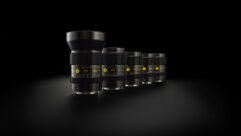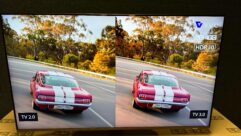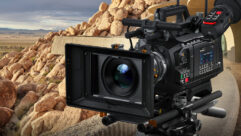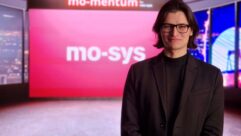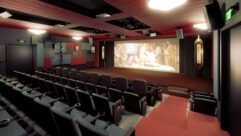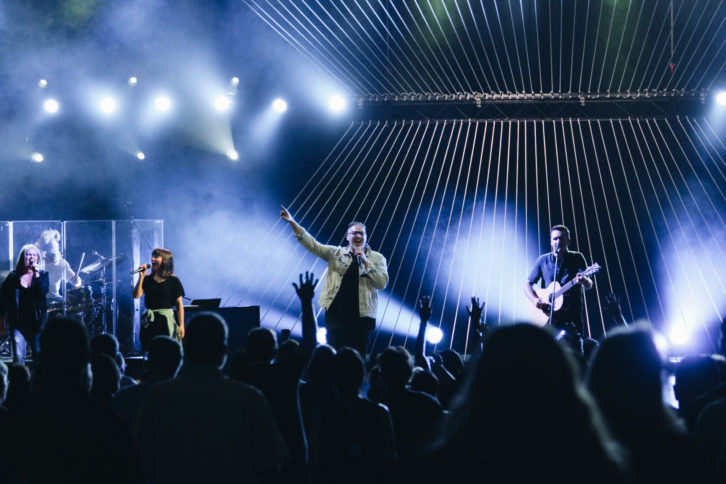
Like many faith communities, Cherry Hills Community Church in Highlands Ranch, Colorado has found a new sense of mission in pandemic. As with so much adaptation and innovation these days, AV is a critical tool. Specifically, the artists and technical crew for the media ministry have challenged themselves to produce six live-streamed services a week.
These services combine live attendance (limited via RSVP) with streaming every day of the week except Fridays. The church is also accumulating an archive of on-demand segments for audiences of varying ages. As an evangelical church there are no boundaries to outreach, so in the process of maintaining connection for the existing congregation, Cherry Hills Community Church also saw ways to reach out beyond the local community, even globally to anyone in the social media universe
Technical Arts Director, Chris Thomas, had been planning a technical upgrade before the coronavirus hit, due to the sheer age-related state of his cameras. His priority was a camera upgrade that could bring a cinematic style to the music-driven services. This commitment to inspiring visuals only increased in importance as the church found it’s 2020 mission.
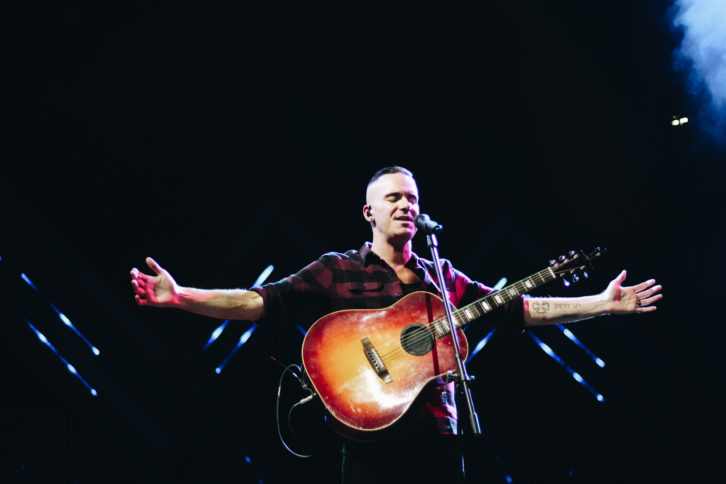 “The aging cameras were inhibiting in so many ways—poor contrast levels, lack of image detail, crushed blacks, and just the general signs of decay,” notes Tim Corder, Director of Strategic Accounts at Diversified who did the install. He says the idea was to assemble a range of cameras—from broadcast cameras and robotics to PTZ—that would represent a long term investment and share a common visual style, one that invoked the rich colors, depth of field, and focal nuances typically associated with a more cinematic style. An upgrade that was initially focused on IMAG became—in a pandemic—equally important to both in-person and remote audiences.
“The aging cameras were inhibiting in so many ways—poor contrast levels, lack of image detail, crushed blacks, and just the general signs of decay,” notes Tim Corder, Director of Strategic Accounts at Diversified who did the install. He says the idea was to assemble a range of cameras—from broadcast cameras and robotics to PTZ—that would represent a long term investment and share a common visual style, one that invoked the rich colors, depth of field, and focal nuances typically associated with a more cinematic style. An upgrade that was initially focused on IMAG became—in a pandemic—equally important to both in-person and remote audiences.
It’s a very large sanctuary, with cameras as far away as 100 feet from the stage, making 100% cinema or 100% broadcast cameras a difficult choice due to natural lensing strengths and limitations of both categories. In addition, as a six-day-a-week operation, Thomas was looking for cameras that would stand up to the schedule and be part of the media toolkit for many years to come.
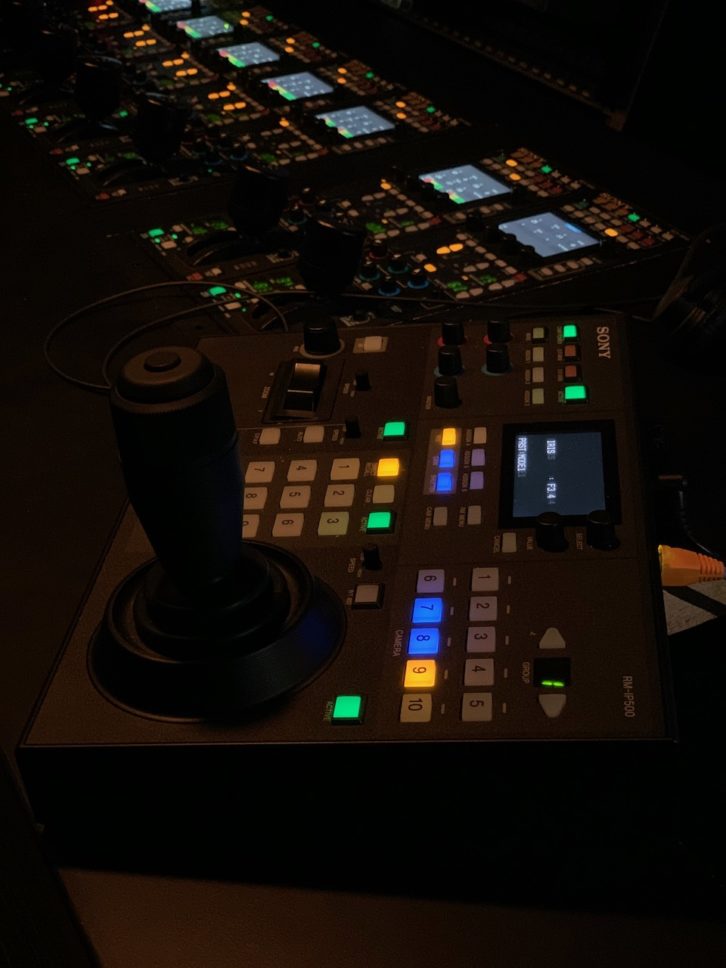 The answer for Cherry Hills was a holistic all-Sony investment. Cherry Hills purchased four Sony HDC-3500 HD/4K, HDR studio cameras, two Sony PXW-F55 CineAlta HD/4K HDR Live cameras, and three Sony BRC-X1000 4K PTZ cameras. The F55s and HDC3500s all have Fujinon lenses.
The answer for Cherry Hills was a holistic all-Sony investment. Cherry Hills purchased four Sony HDC-3500 HD/4K, HDR studio cameras, two Sony PXW-F55 CineAlta HD/4K HDR Live cameras, and three Sony BRC-X1000 4K PTZ cameras. The F55s and HDC3500s all have Fujinon lenses.
“All these different sensor types are able to reproduce color in a complementary way,” Corder says. “The right camera can be located in the optimal location in the room without compromising the cohesive look of the entire system.”
The fact that Sony can upgrade cameras via firmware further contributed to the long-term value, making a higher resolution option for the church available when the time comes without the proverbial forklift upgrade. The church is looking forward to enabling the progressive license soon that will allow them to shoot in lower, more film-like frame rates.
Initially, the church began socially distanced services in their parking lot, a workflow that only further clarified that durable, hard-working cameras would be necessary.
“Because they broadcast six days a week we had to do the entire install without taking them offline.” Corder recalls. He says the cameras were ready to go right out of the box for an event the night that they were placed on the tripods. “We flipped the switch,” Corder says, “the cameras had just gone on the stick with their lens, very fast white balance, and that was it. “Within five minutes of starting the broadcast, people at home are texting us saying ‘what changed?’ or ‘you’re on the new cameras aren’t you?’
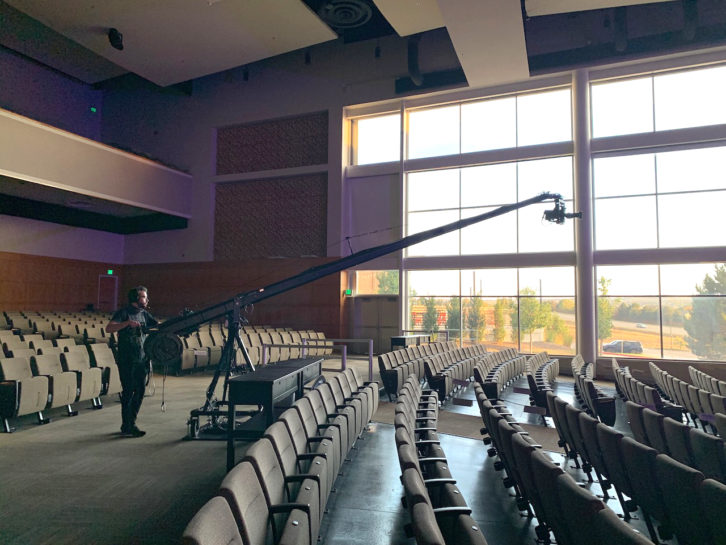 That reaction, says Thomas, was very gratifying. “We knew we wanted to improve the style and move towards the cinematic side of things,” he says, drawing inspiration from the example of the legendary Hillsong Church, from movies and television, and from concert films like U2. “We couldn’t buy nine cameras that needed to be manned; we needed a range of cameras that could do different jobs and accommodate different levels of operator skill, or no operator. We wanted a single manufacturer that could provide cameras at all those levels and with an aesthetic that would remain consistent. Sony was the only company that had what we needed in that respect.”
That reaction, says Thomas, was very gratifying. “We knew we wanted to improve the style and move towards the cinematic side of things,” he says, drawing inspiration from the example of the legendary Hillsong Church, from movies and television, and from concert films like U2. “We couldn’t buy nine cameras that needed to be manned; we needed a range of cameras that could do different jobs and accommodate different levels of operator skill, or no operator. We wanted a single manufacturer that could provide cameras at all those levels and with an aesthetic that would remain consistent. Sony was the only company that had what we needed in that respect.”
Thomas says that especially now, church content will be seen alongside consumer content. “You’ll have your Apple TV app, your NBC Peacock, and Cherry Hills all side by side. Now we’re easily compared to the big guys. If we want to meet the people where they’re at, our content should be just as engaging. We are telling a story too–the most important story in my mind. So I would want the quality of the content to match that level.
“We have a compelling pastor and a style of music that is very engaging and visual. We can get more vibrant colors and depth of field, we have much better lenses, so we can get closer and tighter pictures and really see expression and get that intimacy. We can do visual storytelling with depth of field that we couldn’t do before.
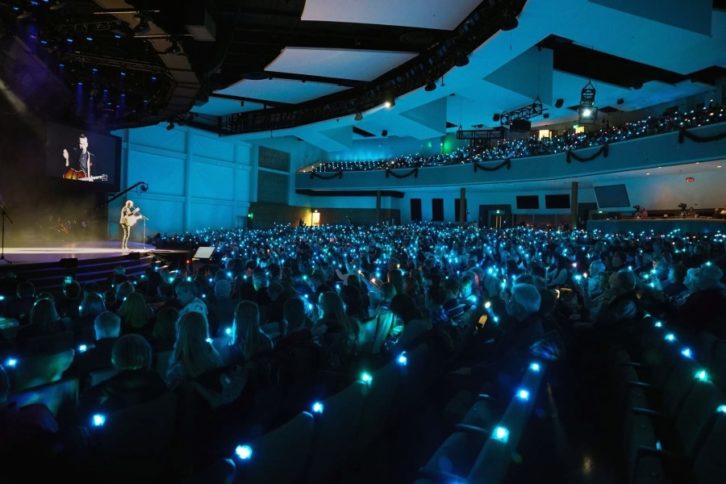 “I would say definitely with COVID and leaning into more broadcast and more outside of our room, I had to coach all of our stage personalities to make sure they are engaging with the camera as well as the audience. We have a high level of trust with those on stage, so we were able to make that shift immediately.
“I would say definitely with COVID and leaning into more broadcast and more outside of our room, I had to coach all of our stage personalities to make sure they are engaging with the camera as well as the audience. We have a high level of trust with those on stage, so we were able to make that shift immediately.
From the first night that we went live with the cameras, everyone could see the resolution difference and how that quality improvement took us up several notches.
“Our content delivery methods are also even more under the microscope. Making sure we have every possible media outlet available and we’re pushing our content through those outlets. It also placed our broadcast audio mix under the microscope. We had to up our game.
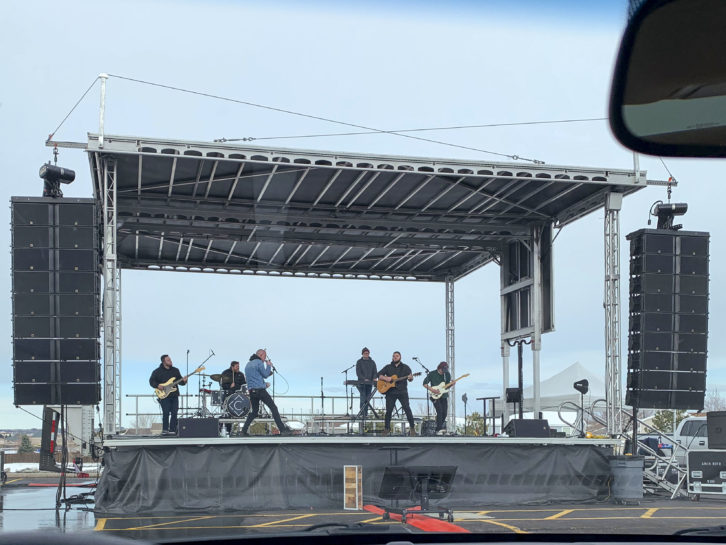 “Having our content available beyond our immediate community is important right now. We don’t know what that will mean when COVID passes. There is so much to the in-person gathering, the i\in-room experience. Ultimately can we cast that wider, or does it water down when the opportunity for everyone to meet in person is back? My hope is that we can keep the broadcast aspect alive. That’s partly why we made the effort to do live services six days a week which I think is unique to us.” Those broadcasts, he says, are helping the team learn how to humanize the virtual experience. “Now, how do we make it not a digital one-way form of content, how do we make it two-way? Some churches are experimenting with how to incorporating Zoom and other two-way technologies. We’re trying to engage with too.
“Having our content available beyond our immediate community is important right now. We don’t know what that will mean when COVID passes. There is so much to the in-person gathering, the i\in-room experience. Ultimately can we cast that wider, or does it water down when the opportunity for everyone to meet in person is back? My hope is that we can keep the broadcast aspect alive. That’s partly why we made the effort to do live services six days a week which I think is unique to us.” Those broadcasts, he says, are helping the team learn how to humanize the virtual experience. “Now, how do we make it not a digital one-way form of content, how do we make it two-way? Some churches are experimenting with how to incorporating Zoom and other two-way technologies. We’re trying to engage with too.
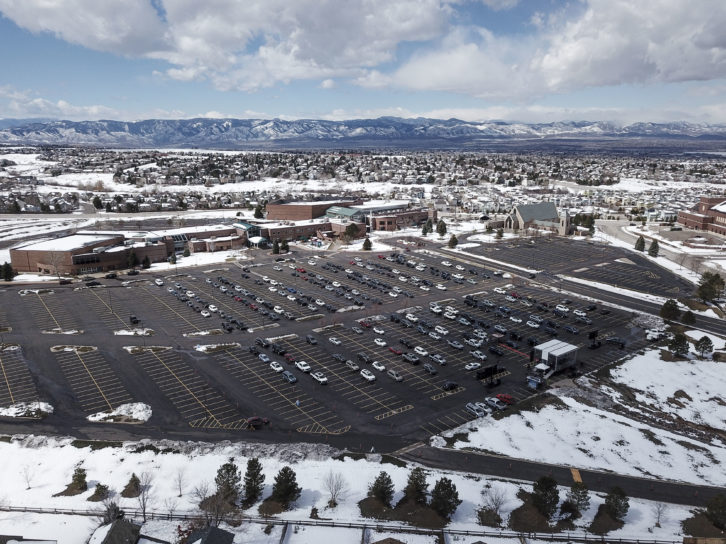
“We wanted to improve the tools at our fingertips, so now the only limiting factor is our own creativity. We had proven that we had done everything we could with the existing gear; we could go to the leadership and confidently say that we needed the investment, and this was the return they could expect.
“I was just telling my team that now that we are doing six nights a week, we need to take the lid off on experimentation. Try something Monday and if it doesn’t work, try something else the next day.
“This is about mission and vision, for us— the biggest return we could get was from the cameras. We started there because the congregation was going to see it, see results. If we had started with the router, or the switcher, I wouldn’t have received the response I did. It was immediately clear to people that something had dramatically changed.” For Thomas the response to the new cameras and content style has opened up Cherry Hills’ future for both in-person and virtual outreach.


